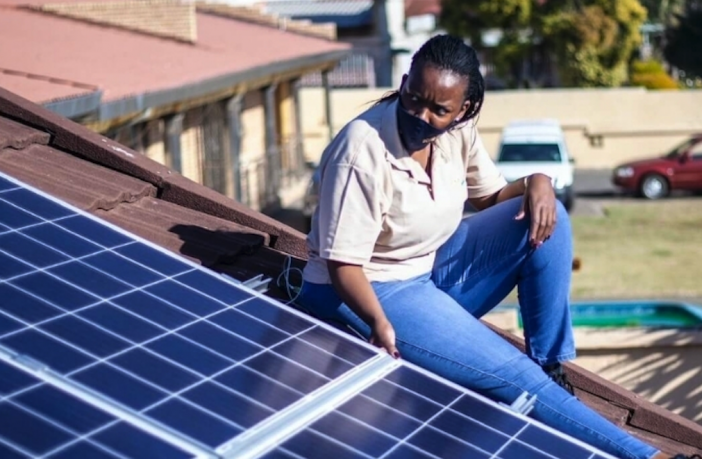- Global employment in the energy sector has risen above its pre-pandemic levels, led by increased hiring in clean energy, according to a new IEA report that offers the first worldwide benchmark for employment across energy industries.
The inaugural edition of the World Energy Employment Report, which will be published annually, maps energy sector employment by technology and value chain segment. The report provides a data-rich foundation for policy makers and industry decision makers to understand the labour-related impacts of clean energy transitions and shifts in energy supply chains following Russia’s invasion of Ukraine.
The amount of energy jobs worldwide has recovered from disruptions due to Covid-19, increasing above its pre-pandemic level of over 65 million people, or around 2% of the total labour force. The growth has been driven by hiring in clean energy sectors. The oil and gas sector, meanwhile, saw some of the largest declines in employment at the start of the pandemic and has yet to fully recover.
With the recent rebound, clean energy surpassed the 50% mark for its share of total energy employment, with nearly two-thirds of workers involved in building new projects and manufacturing clean energy technologies. At the same time, the oil and gas sector is also experiencing an upswing in employment, with new projects under development, notably new liquefied natural gas (LNG) infrastructure.
The energy sector is set to see its fastest employment growth in recent years in 2022, however high input costs and inflationary pressures are adding to hiring and supply chain challenges already present in some regions and subsectors, such as solar, wind, oil, and gas. Policy responses to the pandemic and Russia’s invasion of Ukraine, including the US Inflation Reduction Act, will continue to add to new hiring demand and to shifting the status-quo of global energy supply chains.
Energy jobs counted in this report span the value chain, with around a third of workers in energy fuel supply (coal, oil, gas and bioenergy), a third in the power sector (generation, transmission, distribution and storage), and a third in key energy end uses (vehicle manufacturing and energy efficiency). More than half of energy employment is in the Asia-Pacific region. This reflects rapidly expanding energy infrastructure in the region and access to lower-cost labour that has enabled the emergence of manufacturing hubs that serve both local and export markets, notably for solar, electric vehicles and batteries. China alone accounts for 30% of the global energy workforce.
In all IEA scenarios, clean energy employment is set to grow, outweighing declines in fossil fuels jobs. In the Net Zero Emissions by 2050 Scenario, 14 million new clean energy jobs are created by 2030, while another 16 million workers switch to new roles related to clean energy. New energy jobs may not always be in the same location nor require the same skills as the jobs they replace, requiring policy makers to focus on job training and capacity building to ensure that energy transitions benefit as many people as possible.
“Countries around the world are responding to the current crisis by seeking to accelerate the growth of homegrown clean energy industries. The regions that make this move will see huge growth in jobs,” said IEA Executive Director Fatih Birol. “Seizing this opportunity requires skilled workers. Governments, companies, labour representatives and educators must come together to develop the programmes and accreditations needed to cultivate this workforce and ensure the jobs created are quality jobs that can attract a diverse workforce.”
Around 45% of the world’s energy workers are in high-skilled occupations, compared with about 25% for the wider economy. Some fossil fuel companies are retraining workers internally for positions in low-carbon areas to retain talent or to maintain flexibility as needs arise. However, this is not an option everywhere, and ensuring a people-centred and just transition for affected workers must remain a focus for policy makers, especially in the coal sector where employment has been declining consistently for several years.
Author: Bryan Groenendaal
Source: EIA

















